Preparing For The Joys Of Hiking – Getting Started
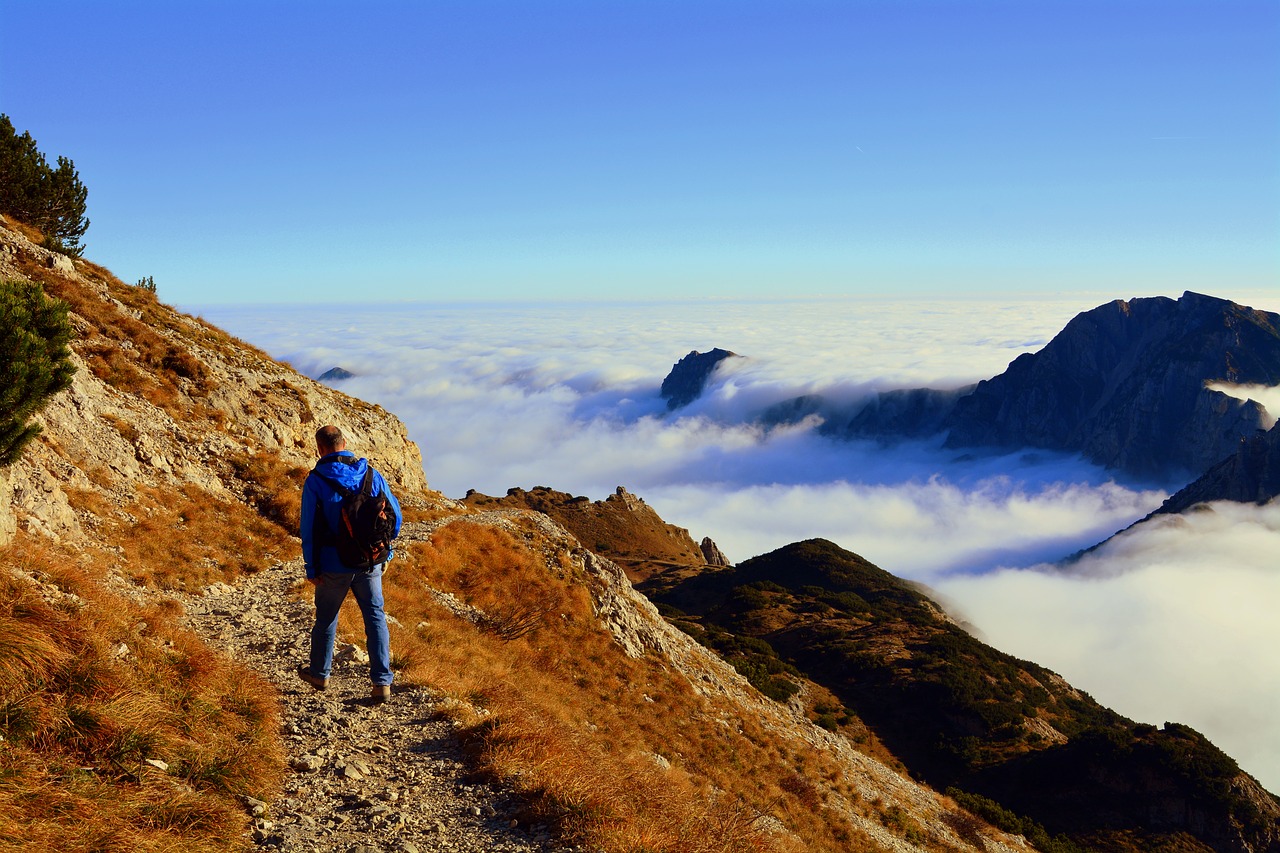
Walking is one of the oldest things we’ve ever done, humans have always walked and may still do, after all, it’s free! Then there’s the fresh air, the scenery, the thrill of exploration, and the mental and physical stimulation of using your legs and your body to get yourself from point A to point B.
For many walkers, a simple walk to the park or along a well trodden flat trail just isn’t enough. They want something more challenging, with that challenge though comes more need for preparation. We often get messages and questions at the Outdoor Revival HQ about walking, safety, how to start, where to go, etc. so we thought we’d put a few tips and bits of advice together to help people along.
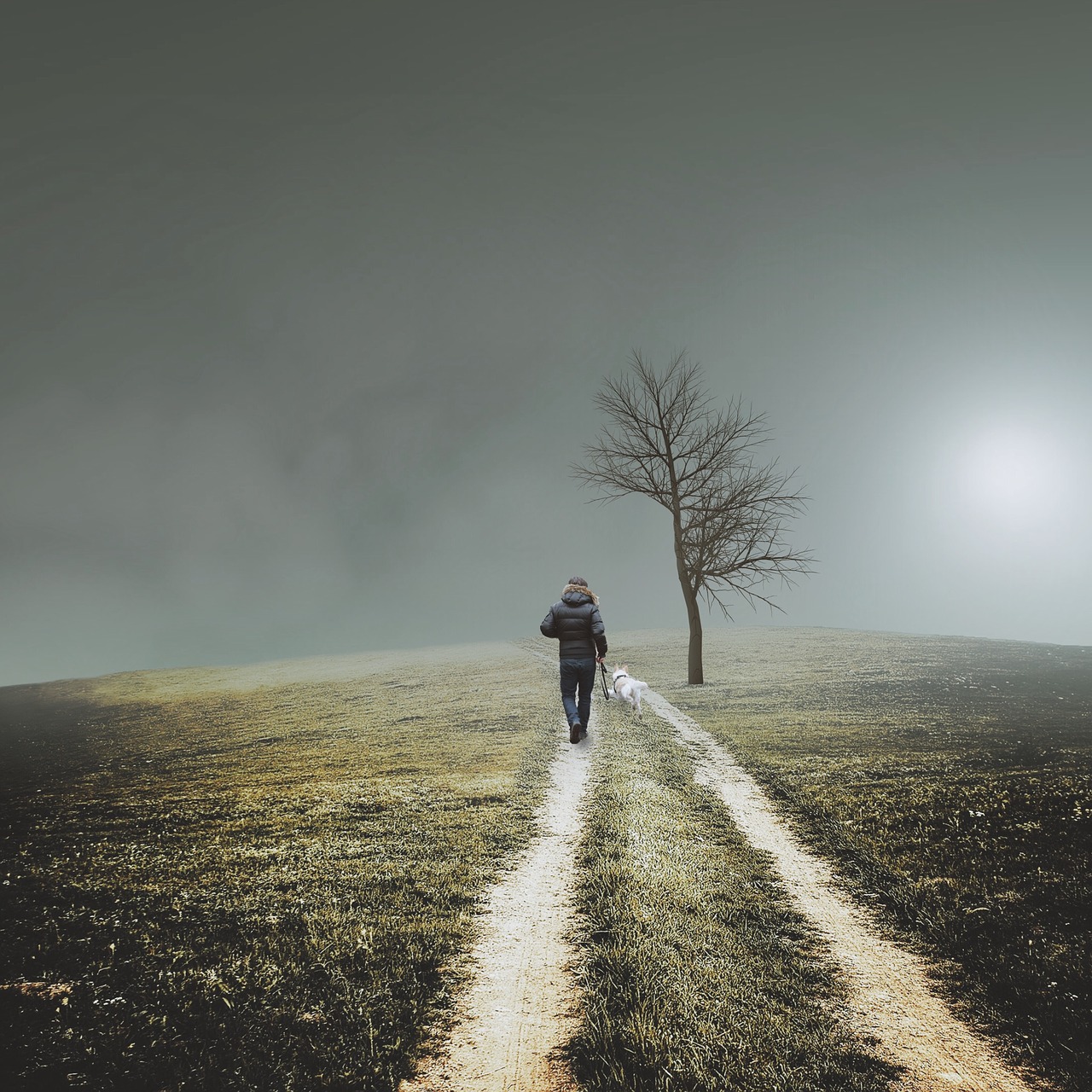
Get into training
Hiking can be very physically challenging. So make sure you’re up to the challenge. Match your walks to your level of physical and mental fitness. Train with short walks. It might be just down to the park, or to work, or to walk the dog. Build up your stamina in a safe environment, and then build on that. Extend your walks to include hills and make them longer, when you need to get your heart rate up increase your pace, but don’t over do it, no point having a cardiac arrest when you’re just trying to walk places.
Clothing
Dress for the weather and conditions. Weather conditions can change very quickly, especially if you’re in the hills or a mountainous region. It’s worth learning about the layering system to keep you warm and protected from the elements.
Basically it’s a base layer next to your skin for wicking and keeping you dry, a mid layer for keeping you warm and a top protective layer for keeping out the rain and weather.
When making purchases, consider going to an outdoor specialist store rather than a department store, you can get much better advice that will be good for you personally from the specialist store, that goes for anything you buy such as sleeping bags, tents etc, but especially what you wear, it needs to be right.
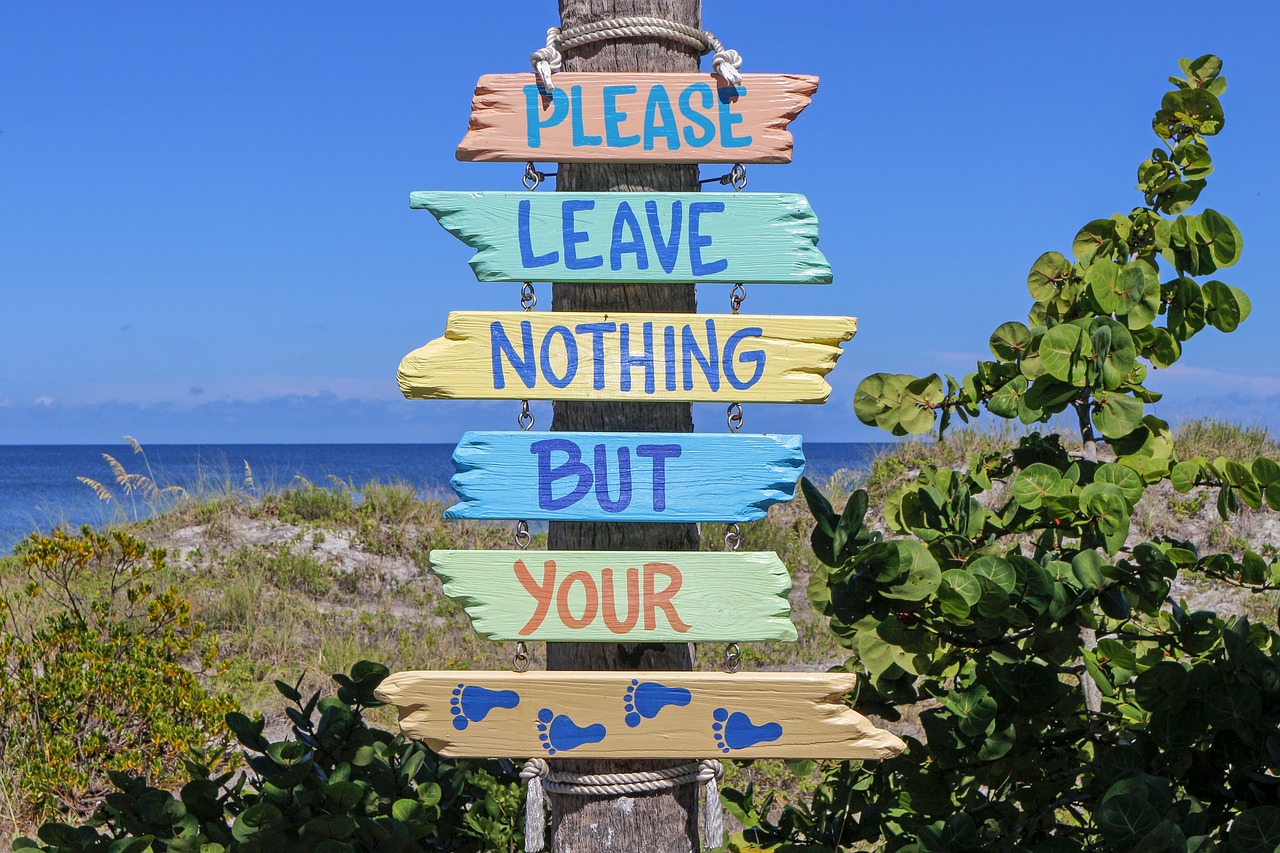
Get geared up
Yes, walking is free, but you may need to spend a little money to get the most out of it. Get yourself some good hiking boots for protection and comfort. Make sure they support your feet. You will have to wear them in, so don’t go off on that hike up the hill in brand new boots, although more and more companies are producing footwear that needs very little, if any breaking in.
You might need some walking sticks which can be a great benefit to people, they could be the difference between getting out and not getting out.
Get the kit you need, buy the best quality you can afford but keep it sensible. If it’s summer you don’t need heavy winter clothing, if it’s winter you don’t want sneakers and a t-shirt
Take a friend
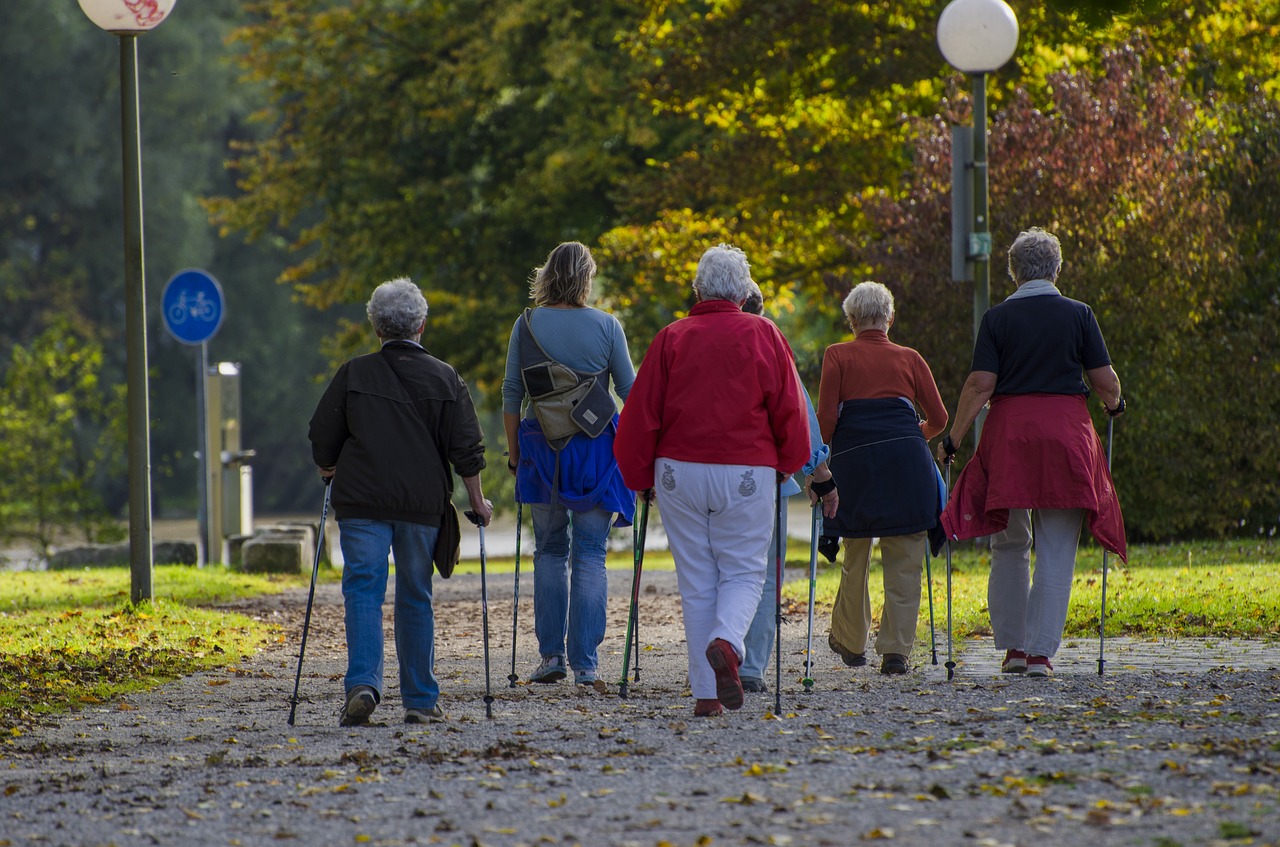
There’s no doubt that walking alone can be great, peaceful and relaxing with just you and the majesty of nature! Of course, if you’re going to go alone, be prepared and make sure someone at home knows where you’re going and where you should be at any given time. Nevertheless, sharing the experience is fabulous too.
Beginning hikers should definitely consider pairing up with somebody for support and mutual help and encouragement. Having someone to walk with also means you’re more likely to actually get out there and do it.
What do I need?
Ask yourself, what do I need to do to get the most out of my trek? Make a checklist. If you’re walking in the dark test the batteries on your flashlight.
Make sure your phone is charged and know which places you might not have coverage. Do I have maps? Warm clothes? A plan for emergencies? Water? Food? If space is a problem, consider bringing high calorie foods like energy bars. Remember, it is better to over pack with stuff you may not use than to under pack and be caught out.
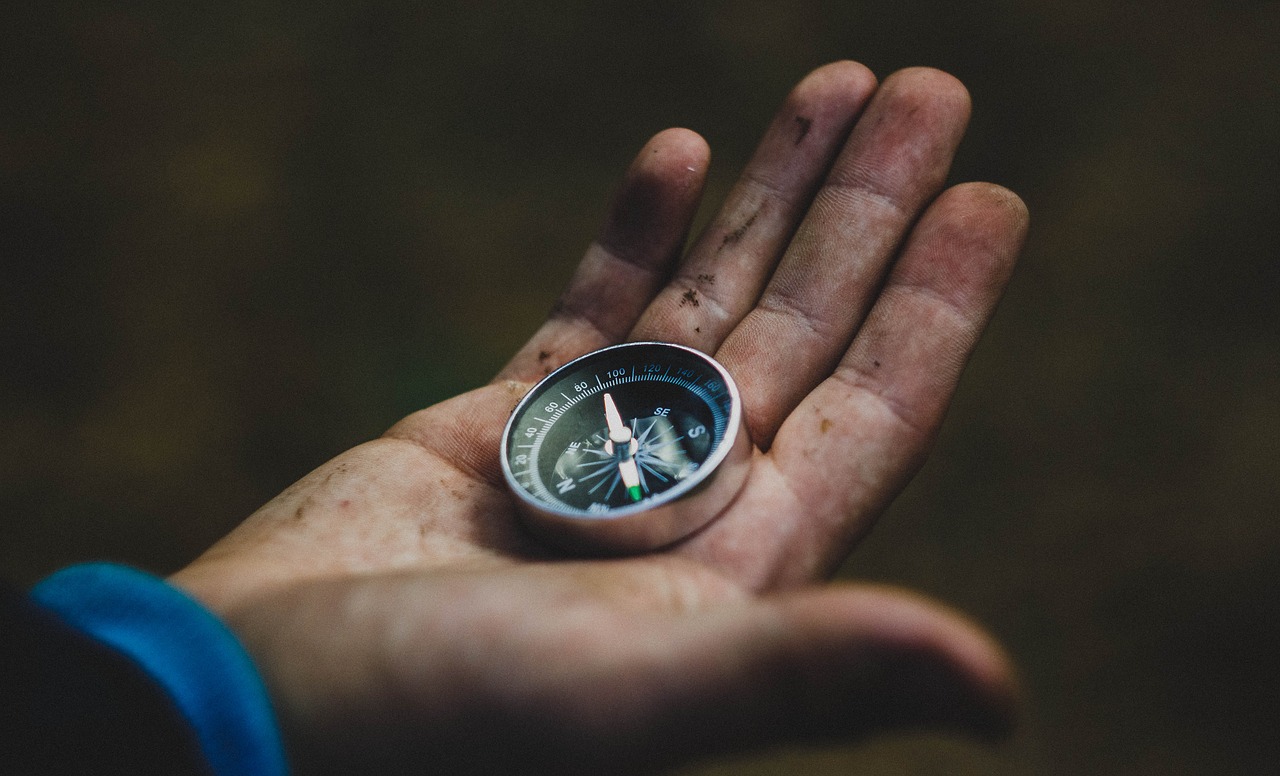
It’s old fashioned but a compass and map are a great safety option, there are no batteries to fail and if you learn how to use them they’re reliable and will help you.
Don’t rely on technology
Your mobile is a must if you get lost or injured, but it won’t always help you. Smartphone maps are not as detailed as many printed maps, and they often rely on an active connection. If you’re in a remote area or in a dead zone, your smartphone is useless.

And of course, these devices rely on power. If the battery in your phone dies, you are lost – literally. If you do use a mobile phone for directions, make sure there are sufficient local directions along your route.
Remember to use the Leave no Trace ethos while you’re walking and out and about in the wilderness, you are a guest of the environment. Don’t leave rubbish, disfigure the terrain, remove or disrupt wildlife. Enjoy the magnificence of nature, but be kind and respectful and if we do it right, we’ll have a wilderness for generations to come.
Outdoor Revival – Reconnecting us all to the Outdoors
